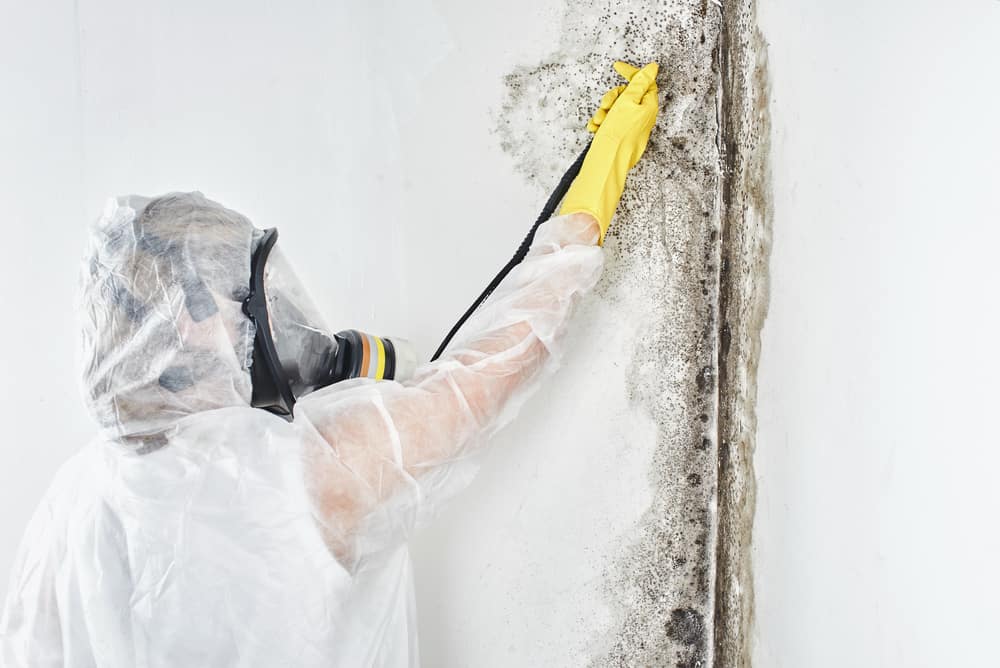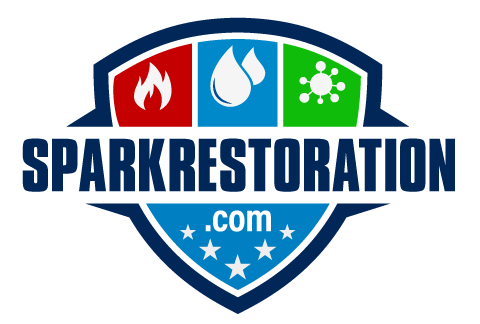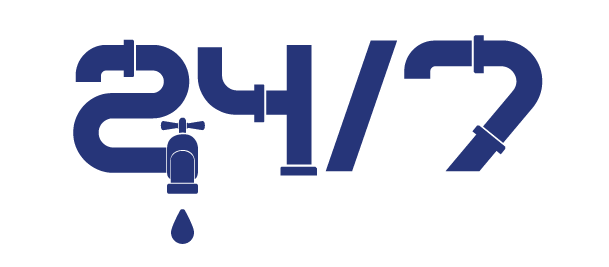You can’t miss mold in the house. It’s that black or greenish-white fungus that thrives in moist environments. If you can see it, chances are there’s a lot more lurking behind the walls and ceilings.
Left untreated, mold can cause a variety of health problems, from allergies and asthma to more serious conditions such as lung infections. What do you do if you find mold in your home?
If you’re like most people, the first thing you’ll want to do is get rid of it. However, despite the thousands of suggestions that you can read online, doing it DIY is never ideal.
That’s because mold removal is a complex process that can require professional expertise and specialized equipment.

What Is Mold Remediation?
Mold remediation is the process of removing mold from an environment, whether it’s a home, office, or other space. It’s a big job, one that should only be attempted by professionals.
Removing mold can be dangerous, especially if you don’t know what you’re doing. Improperly removing the fungi can actually cause the spores to spread, making the problem worse.
What does mold remediation involve? Processes can vary depending on the team. Usually, they include the following:
- Assessment: The first step is to figure out the extent of the mold problem and how it’s affecting the environment. This includes taking air quality readings and looking for any signs of water damage.
- Containment: The next step is to contain the mold and prevent it from spreading. This may involve setting up tents or enclosures around the work area and using fans and air scrubbers to keep the air clean.
- Removal: The mold is then physically removed from the environment. This can be done with a variety of methods, such as dry-ice blasting, sanding, or chemical spraying.
- Cleanup: The final step is to clean up the area and restore it to its original condition. This may include replacing walls, floors, or ceilings that were damaged by the mold.
How long does mold remediation last? The entire process can take anywhere from a few days to a few weeks, depending on the severity of the problem.
Because it may not be an overnight process, some homeowners ask whether they can stay in the house during mold removal. The answer is it depends.
When to Stay – and Not – in Your House During Mold Removal
If the mold problem is small and confined to a single room, you may be able to stay in your home during the remediation process. However, if the mold is widespread or located in a particularly sensitive area, such as near an HVAC unit, it’s best to leave the house while the work is being done.
The same goes for if you have any health conditions that could be exacerbated by exposure to mold. If you have asthma or allergies, for example, it’s best to play it safe and stay elsewhere during the remediation process.
You should avoid staying in a moldy house if you have a weakened or compromised immune system. In some cases, even healthy people can experience negative reactions to mold exposure, such as headaches, nausea, or respiratory problems.
If you’re not sure whether it’s safe for you to stay in your home during mold removal, consult with a professional. They’ll be able to assess the situation and give you advice on what’s best for your particular situation.
If you do decide to stay in your home during mold removal, there are a few things you can do to make the process as smooth as possible:
- Keep an eye on the work being done and make sure the containment area is kept clean.
- Avoid touching or coming into contact with any of the mold spores.
- Make sure you have plenty of food and water on hand, as you may not be able to leave the house for a few days.
- Keep all pets and children away from the work area.
Alternatives to Your Home
When it comes to mold, it’s always better to err on the side of caution. If you have any doubts about whether it’s safe for you to stay in your home during mold removal, it’s best to play it safe and find somewhere else to stay.
- Hotel: If you don’t have any friends or family members who can put you up for a few days, there are plenty of hotels in the area that can accommodate you.
- Airbnb: If you’re looking for a more home-like experience, consider using Airbnb. There are tons of listings for short-term rentals in the area.
- Friends or Family: If you don’t want to leave your home state or country, consider asking friends or family if you can stay with them. Most people would be happy to help out in a time of need.
- Hostel: If your budget is tight, consider staying in a hostel. Hostels are usually much cheaper than hotels and offer a variety of amenities, such as communal kitchens and laundry facilities.
- Mobile Home: If you have a mobile home, you may be able to move it to a friend’s or family member’s property. This way, you’ll have your own space and won’t have to worry about disturbing the work being done on your home.
- Short-Term Apartment: If you’re looking for a more permanent solution, consider renting a short-term apartment. This will give you your own space and give you the chance to get settled in before your home is ready to be lived in again.
When choosing a place to stay, consider these factors:
- How long you’ll need to stay
- The cost of the accommodation
- The distance from your home
- The amenities offered by the accommodation
- How many people are staying
Final Thoughts
Mold removal can be a lengthy and disruptive process, but it’s important to make sure the job is done right. If you have any doubt about whether it’s safe for you to stay in your home during mold removal, it’s best to play it safe and find somewhere else to stay. That way, you can rest assured that the job will be done properly, and you won’t have to worry about your health or safety.

